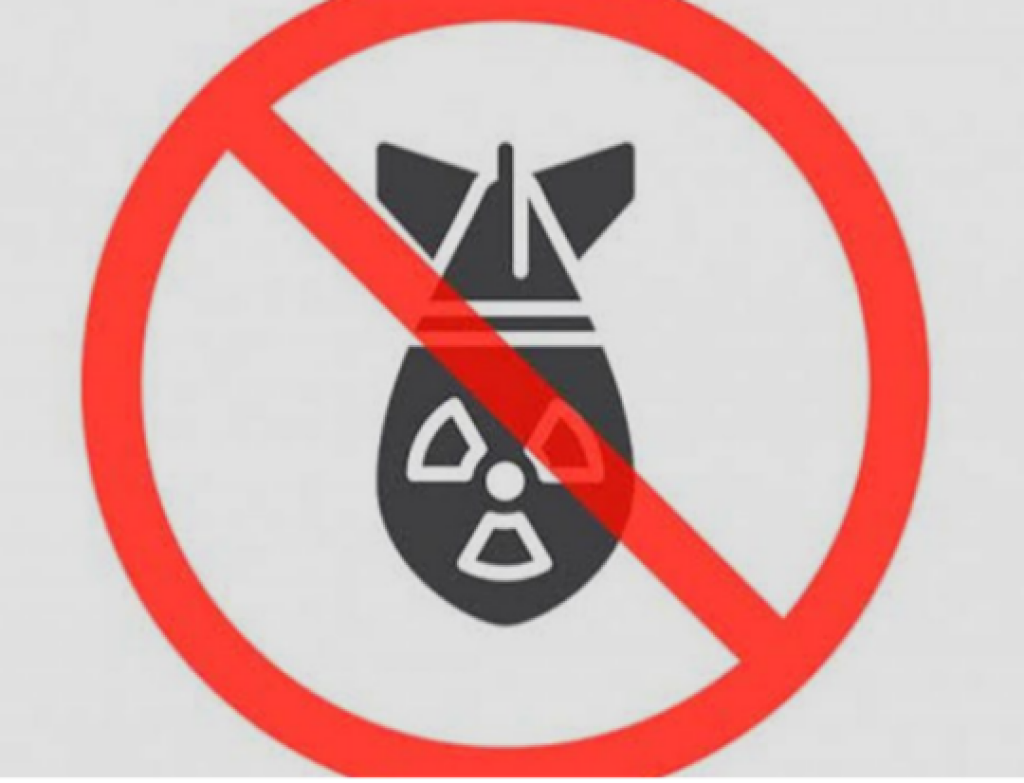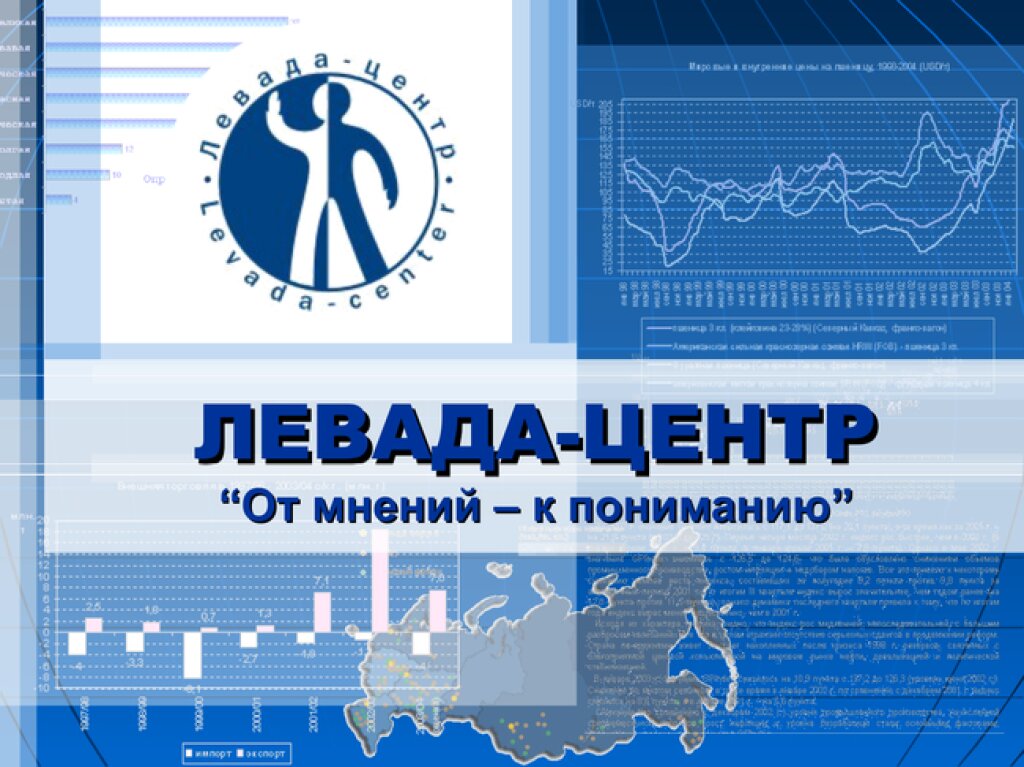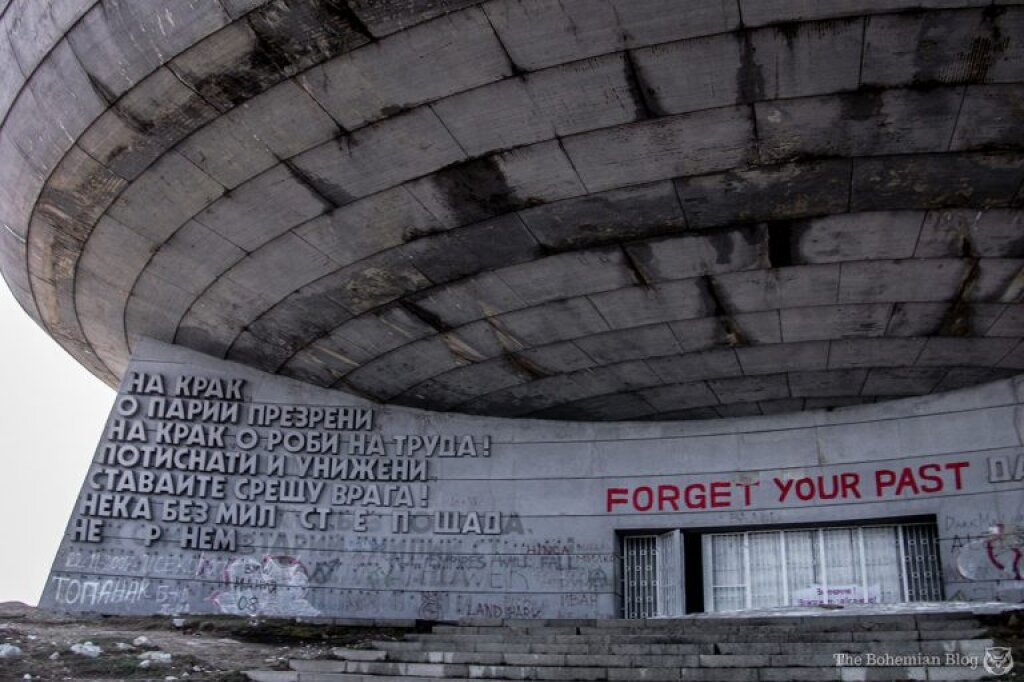This piece originally appeared on PONARS Eurasia on 10/23.
This is Part II in a two-part series. Part I may be found here.
Dr. Polina Sinovets is a Founder and a Head of the Odesa Center for Nonproliferation (OdCNP) at Odesa I.I. Mechnikov National University (Ukraine). This memo is based on a forthcoming NATO Defense College policy brief, “Fifty Shades of Red: Where Does Russia Draw Its Line?”, forthcoming in November 2023.
For those in a second camp (light pink), Russia’s constant use of nuclear threats has eroded, if not their deterrence value, then at least their coercive potential. Those who subscribe to this view take a completely different view of Russian “red lines,” seeing these supposed “margins” as nothing more than imaginative constructions on the part of the Western research community, who have their own rationales for perceiving them as ultimatums. From this standpoint, while these propagandistic claims aim to stoke Western leaders’ and experts’ fears of escalation, such fears are mostly hollow and are the de-facto products of Moscow’s active coercion.
In the view of this second camp, being intimidated by Russian rhetoric simply opens the door to legitimizing Russian nuclear coercion based on the threat of nuclear escalation. However, this attempted coercion completely lacks the magic element that would give it power: credibility. In October 2022, in response to Putin’s speech about “using all means available” to retain the annexed territories, the Biden administration sent strong signals to the Russian leadership that any use of nuclear weapons against Ukraine would be met with an allied US, UK, and French conventional strike on Russia. Later that autumn, Putin and then the Ministry of Foreign Affairs ruled out the possibility of Russia carrying out a nuclear attack on Ukraine. This seems to suggest that the United States’ deterrent messaging was strong enough to get Russia to back down. Moscow’s threats obviously lacked credibility even in the eyes of Putin, who was not ready to risk escalation with the West.
As this example illustrates, the second perspective is based on the idea that the war on Ukraine has been limited to date by the fact that Russia is concerned with avoiding direct military confrontation with NATO. To wit, Moscow has neither bombarded NATO weapons convoys on Ukrainian territory nor perpetrated a massive genocide against the local population (in contrast with the carpet bombings of cities that prevailed during the Second World War, as well as in Chechnya and Syria); the Kremlin may see this as a NATO “red line” and be hesitant to cross it lest doing so trigger stronger involvement on the part of the Alliance. In this regard, Putin can be considered a cautious and rational leader who clearly prefers safe outcomes to dangerous ones. This approach assumes that Russia is just as uninterested in nuclear escalation as NATO and will not risk its own physical destruction.
The third approach (classic red, or “Russian red”) posits that Russian red lines have not yet been crossed yet. Accordingly, it relies on the concept of basic deterrence, contending that nuclear force can be used in response to a conventional use of force that calls the existence of the state into jeopardy. The Kremlin’s primary fear, which brings with it the possibility of escalation, is Russia’s strategic defeat, an idea that started to circulate recently among Russian political elites. Though “strategic defeat” has never been clearly defined, Putin has interpreted it to include both regime change and Russia’s collapse—a scenario he presents as the West’s ultimate goal in the ongoing war.
In his speech before the Federal Assembly, the Russian president explained his suspension of the New START treaty by reference to the West’s pursuit of the “strategic defeat of Russia.” Along similar lines, some commentators tend to see the outcome of the war in Ukraine as decisive for the survival of the Putin regime. The infamous Sergey Karaganov, who earlier this year proposed using nuclear weapons against the West to “sober” the latter in its support for Ukraine, wrote in a September article that “a war with the West in Ukraine is existential for us, or our determination to win, including, in the worst case, through the use of the most severe measures.” However, the article looks less like a genuine recommendation and more like an attempt on the part of the regime to show that there can be always worse options than Russia is currently employing and worse people in power than Putin.
Sometimes experts connect “Russian strategic defeat” with the geographic dimension. Crimea is considered to be of particular symbolic significance to Russia, a point indirectly demonstrated by Moscow’s furious attack on the Ukrainian electricity networks in retaliation for Kyiv’s strike on the Kerch bridge. This significance is likely due to the fact that the annexation of Crimea, which was supported by the absolute majority of the Russian population, represents the core of Putin’s legitimacy as a “unifier” of Russian lands. The same may arguably be said of Donbas, the defense of which has become the official reason for Putin’s “special operation” against Ukraine.
However, in spite of the recently adopted Russian laws on the integration of Donbas, this was not a commonly accepted narrative before the last year. Indeed, the entire debate over the Minsk agreements in 2015-2022 shows that, unlike Crimea, Donbas has not historically been perceived by Russians as part of their territory. Therefore, the issue of Crimea sometimes is presented as the most sensitive. However, this idea does not enjoy universal support even among Russian experts. In particular, Alexey Arbatov suggests that while Russia may rhetorically threaten nuclear escalation in response to the Ukrainian counteroffensive, “it can’t be the real reason for nuclear war… as the new subjects of the Russian Federation can’t be regarded as a guarantee of its existence. Because Russia existed without them [these territories] before.”
Russian red lines and the West
Can it be said that the West has already crossed Russia’s red lines? This seems highly unlikely: If Russia’s red lines had been crossed, then Russia would have escalated the conflict.
While the mass media and various officials have spoken frequently about Russian “red lines,” Putin has made just three speeches that might allow us to trace their contours. The first was the speech about the launch of the war on Ukraine, the second was the May speech about the non-delivery of long-range arms to Ukraine, and the third was the September annexation speech. Some of the red lines outlined in these speeches have come to be disregarded, while others are still respected by the West.
In particular, no NATO state has engaged in a direct military confrontation with Russia. Moreover, the determination of the Biden administration to avoid nuclear war with Russia has resulted in very slow decision-making regarding the supply of lethal weapons to Ukraine. Yes, the West has increased its level of arms delivery to Ukraine and included ever-more-sophisticated weapons. Yet it has also been quite careful to keep its distance from Russia’s real “red lines.” Indeed, the weapons initially supplied to Ukraine were more weapons of survival than weapons of victory. As an April 2023 Atlantic Council report observed, “Thus far, the West has communicated that the best that it can muster when it comes to vertical escalation is to second-guess and, ultimately, self-deter.” Of course, one might argue that this has been less self-deterrence than Russian red lines effectively coercing the West not to take steps undesired by Moscow. However, we can also observe a certain shift in U.S. policy here with the Biden administration’s September 2023 decision to supply ATACMS to Ukraine. This change points to the declining power of Russian coercive efforts vis-à-vis the West.
Meanwhile, the Ukrainian counteroffensive—which recaptured some territories in the South without any real escalation from Russia—has likewise demonstrated the declining credibility of Russia’s coercive threats. There are some expectations that Russia may escalate the conflict as Ukraine achieves continued strategic victories; the success of the offensive to take Crimea, for instance, might increase Moscow’s sense that defeat in the war is inevitable. Also, the more Moscow exhausts its conventional arsenal, the higher the likelihood of a whole spectrum of nuclear responses that have to date been constrained by the United States’ quite explicit deterrent rhetoric.
In sum, Moscow had to expand its margins of acceptable because its badly veiled threat to use nuclear weapons against Ukraine threatened to cross the West’s own “red lines.” However, the nuclear card is never far from the Kremlin’s hand. The suspension of New START, the withdrawal from the CTBT (which carries with it the possibility of resuming nuclear tests in the future), as well as Moscow’s declaration of its intent to deploy nuclear weapons in Belarus—all these steps have taken place in the nuclear domain, and one may expect that Russia will go on to make other types of nuclear threats.



